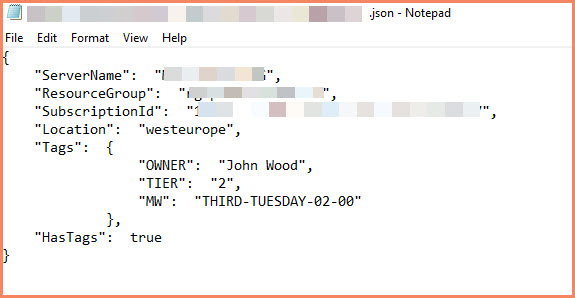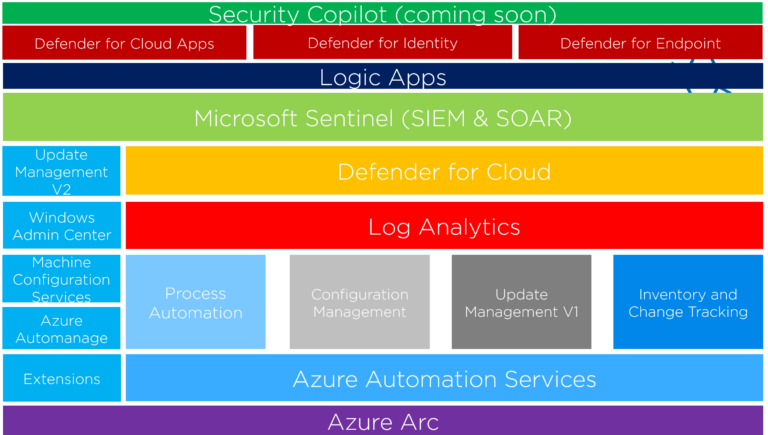Introduction
When managing Azure Arc-enabled servers, you may need to troubleshoot extension issues or re-onboard machines. These processes may involve removing the Arc object, which can result in the loss of valuable tag information. To address this, I have developed two PowerShell scripts that allow you to export existing tags and reapply them after re-onboarding.
The Challenge
During routine management of Azure Arc-enabled servers, you might encounter situations where:
- Extensions are not updating or installing correctly
- You need to remove the Arc object and re-onboard the machine
- Deleting the machine results in loss of tags
These scenarios can lead to inconsistent tagging and complicating resource management.
The Solution
My approach consists of two PowerShell scripts:
- A script to export tags from all your Azure Arc-enabled servers
- A script to reapply these tags after re-onboarding
Script 1: Exporting Tags
This script queries all Azure Arc-enabled servers across your subscriptions and exports their information, including tags, to JSON files. Here’s the core of the script:
This section is reserved for our Premium Members only. Upgrade your membership to access this solution and unlock more benefits.
Script 2: Applying Tags
After re-onboarding your machines, use this script to reapply the tags:
This section is reserved for our Premium Members only. Upgrade your membership to access this solution and unlock more benefits.
This script reads the JSON files created by the first script and applies the tags back to the servers, ensuring your tag information is preserved after re-onboarding.
Benefits of This Approach
- Preserves Important Metadata
- Tags often contain key information for resource management, cost allocation, and compliance. These scripts ensure this data isn’t lost during troubleshooting or re-onboarding processes.
- Saves Time
- Manually reapplying tags after re-onboarding can be time-consuming and prone to errors. These scripts automate the process, reducing the time and effort required.
- Works Across Subscriptions
- These scripts operate across all your subscriptions, providing a solution for your entire Azure Arc-enabled server fleet.
- Provides Detailed Reports
- Both scripts offer summaries of their operations, allowing you to quickly understand what actions were taken and on which servers.
How to Use These Scripts
To incorporate these scripts into your Azure Arc management workflow:
- Install the Az PowerShell module
- Run the export script before removing any Arc objects or deleting machines
- After re-onboarding, run the apply script to restore your tags
By using these scripts, you can maintain consistent tagging across your environment, even when troubleshooting or re-onboarding machines, ensuring your Azure Arc-enabled servers remain properly organized and manageable.
Conclusion
These PowerShell scripts offer a practical solution to a common challenge in managing Azure Arc-enabled servers. By automating the export and reapplication of tags, you can maintain consistent resource organization even when troubleshooting or re-onboarding machines. This approach not only saves time but also reduces the risk of errors in tag management. As you integrate these scripts into your workflow, you’ll find that managing tags across your Azure Arc environment becomes significantly easier and more reliable.
For more information on Azure Arc enablement and best practices, check out our Azure Arc Enablement Services. To access these scripts and other premium content, consider joining our Premium Membership Program.





